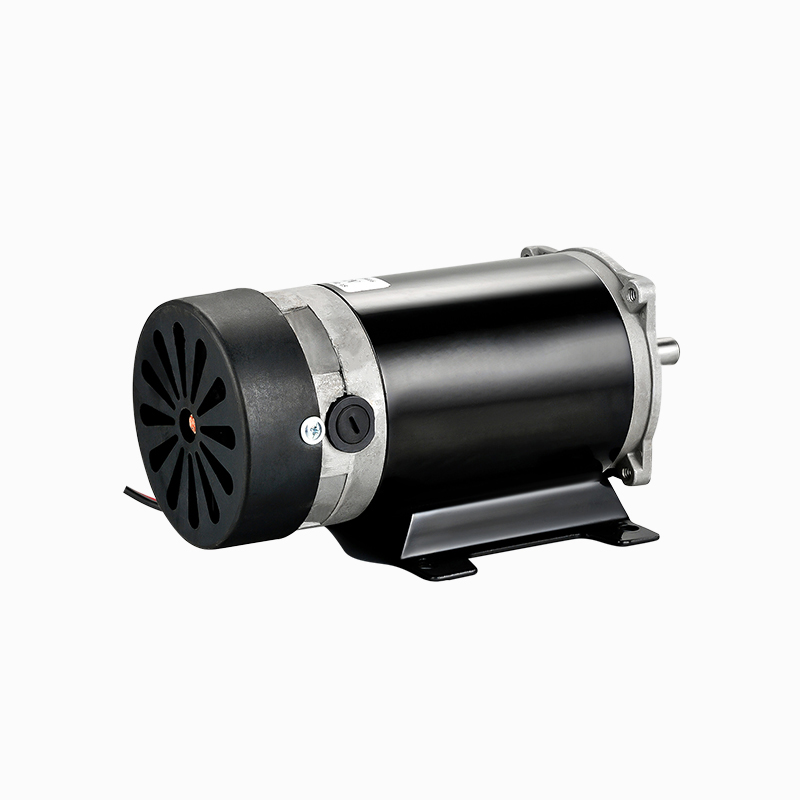Call us
+86-18023576732
+86-0579-89008006
Fax: +86-0579-82206899
Permanent Magnet DC Motor technology is widely used in applications requiring precise speed control, high torque, and compact size. One of the key performance characteristics of these motors is their efficiency, which can vary significantly under different load conditions. Efficiency, defined as the ratio of mechanical output power to electrical input power, is influenced by electrical, mechanical, and magnetic losses that change with load. Understanding how efficiency varies with load is crucial for designing energy-efficient systems, optimizing motor selection, and ensuring long-term performance.

At light load conditions, the motor draws less current, resulting in relatively low copper losses in the windings. However, fixed mechanical and core losses, such as friction in bearings and iron hysteresis losses, constitute a higher proportion of total losses. As a result, the overall efficiency of a Permanent Magnet DC Motor is typically lower at light loads compared to moderate loads. Although the motor consumes less energy overall, the ratio of output to input power is not suitable due to the constant losses that do not scale with load.
Efficiency reaches its peak near the motor’s rated load, where electrical and mechanical losses are proportionally balanced. At this operating point, copper losses and iron losses increase with current, but the output power is sufficient to achieve high efficiency. Permanent Magnet DC Motors are designed to perform well around this load range, providing energy conversion while reducing heat generation. Operating near rated load ensures stable performance, long service life, and predictable thermal behavior, making it the efficient range for continuous operation.
Under overload conditions, the motor draws higher current, causing a rapid increase in copper losses, which generate excessive heat. Iron losses also rise due to higher magnetic flux variations, and mechanical stress may increase frictional losses in bearings. Although the output power is higher, the efficiency declines because the increase in losses is proportionally greater than the increase in mechanical output. Extended operation under overload can reduce motor life, cause insulation degradation, and even risk demagnetization of the permanent magnets. Thus, efficiency under overload is typically lower than at rated load.
Several design and operational factors affect how efficiency varies with load in a Permanent Magnet DC Motor. Motor winding resistance, magnet quality, bearing type, and cooling method all influence loss distribution. Environmental factors, such as ambient temperature and installation conditions, also impact efficiency under different loads. Proper matching of motor size to expected load profile ensures that the motor operates near its efficient point for the majority of its usage cycle, reducing energy consumption and heat generation.
The efficiency of a Permanent Magnet DC Motor varies significantly depending on load conditions. Efficiency is lower at light loads due to fixed losses, peaks near rated load where electrical and mechanical losses are balanced, and decreases under overload because of excessive current-induced losses. Understanding these characteristics allows engineers to optimize motor selection, control strategies, and system design, ensuring reliable operation, energy savings, and prolonged motor lifespan. Knowledge of load-dependent efficiency is therefore critical for improving the advantages of Permanent Magnet DC Motor technology.
Contact Us